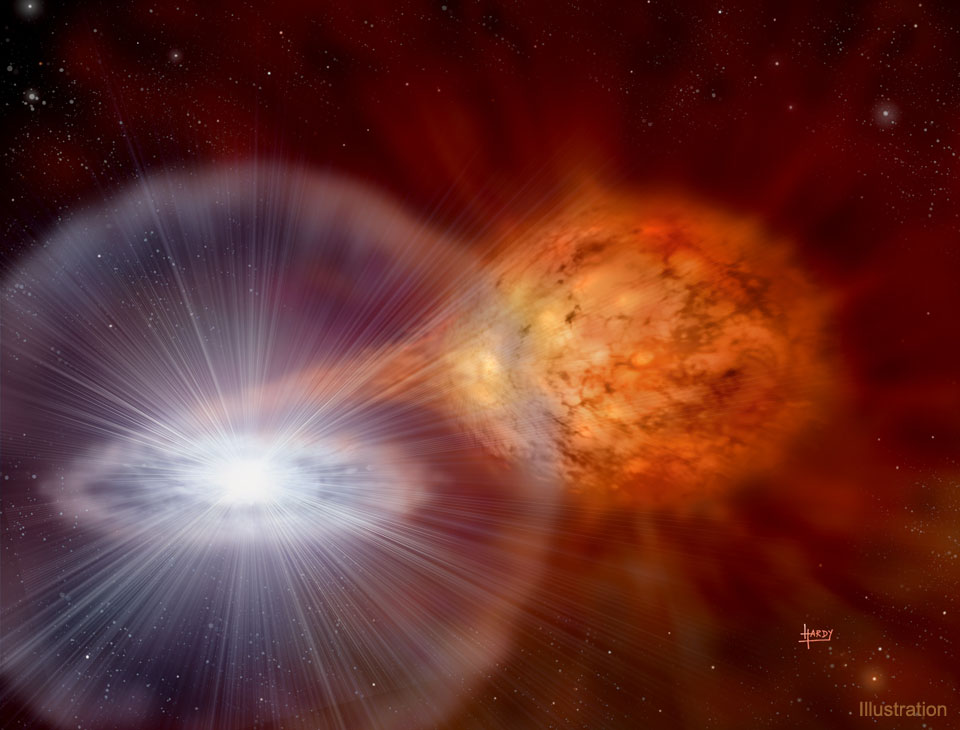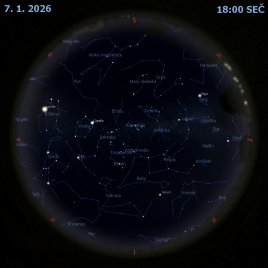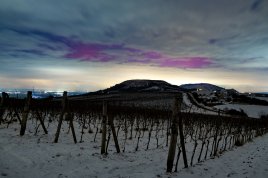Exploze z bílého trpaslíka v RS Oph

Uznání a copyright ilustrace: David A. Hardy & PPARC
Ve dvojhvězdném systému RS Ophiuchi dochází k ohromným explozím. Zhruba každých 20 let červený obr vyvrhne na svého průvodce, bílého trpaslíka, dostatek vodíku, až na jeho povrchu dojde k brilantní termonukleární explozi. Tyto exploze způsobují u asi 5000 světelných roků vzdáleného systému RS Oph vzplanutí novy a podstatné zjasnění, takže se systém stává viditelný i pouhým okem. Červený obr je vykreslen vpravo na obrázku nahoře, zatímco bílý trpaslík je uprostřed jasného akrečního disku vlevo. Jak obě hvězdy kolem sebe obíhají, tak se plyn proudem přesouvá od obří hvězdy k bílému trpaslíkovi. Astronomové předpokládají, že se někdy v příštích 100 000 letech na bílém trpaslíkovi nahromadí dostatek hmoty, která ho posune přes Chandrasekharovu mez a tak způsobí mnohem silnější a konečnou explozi známou jako supernova. Počátkem tohoto měsíce byla u RS Oph opět pozorována exploze v podobě jasné novy.
Seznam odkazů v popisu
- Wikipedia: RS_Oph
- Wikipedia: Red_giant
- LANL.gov: Hydrogen
- APOD: 2010-02-21 NGC 2440: Kukla s novým bílým trpaslíkem
- Youtu.be: Rare Nuclear Bomb Footage Reveals Their True Power | WIRED
- Harvard.edu: Chandra: Note on Cosmic Distances
- Harvard.edu: Recurrent Novae as a Progenitor System of Type Ia Supernovae. I. RS Ophiuchi Subclass: Systems with a Red Giant Companion
- Wikipedia: Nova
- Man.ac.uk: Nuclear explosion on dead star - astronomers probe aftermath
- APOD: 2020-08-31 SS 433: Binary Star Micro Quasar
- NASA: Stars
- BBC.co.uk: Star 'soon to become supernova'
- AAS.org: There are dozens of diverse career trajectories available to astronomers inside and outside academia.
- FineArtAmerica.com: Foto: Kočička :-)
- APOD: 2000-09-10 Chládnutí bílých trpaslíků
- Wikipedia: Chandrasekhar_limit
- Wikipedia: Supernova#Type_Ia
- AAVSO.org: RS Ophiuchi
- SkyAndTelescope.org: RECURRENT NOVA RS OPHIUCHI JUST BLEW ITS TOP!
- APOD: 2021-08-16 Perseida, rudí skřítci a nova RS Oph
NASA Official: Phillip Newman Specific rights apply. NASA Web Privacy Policy and Important Notices
A service of: ASD at NASA / GSFC & Michigan Tech. U.
Odkaz na originální APOD


